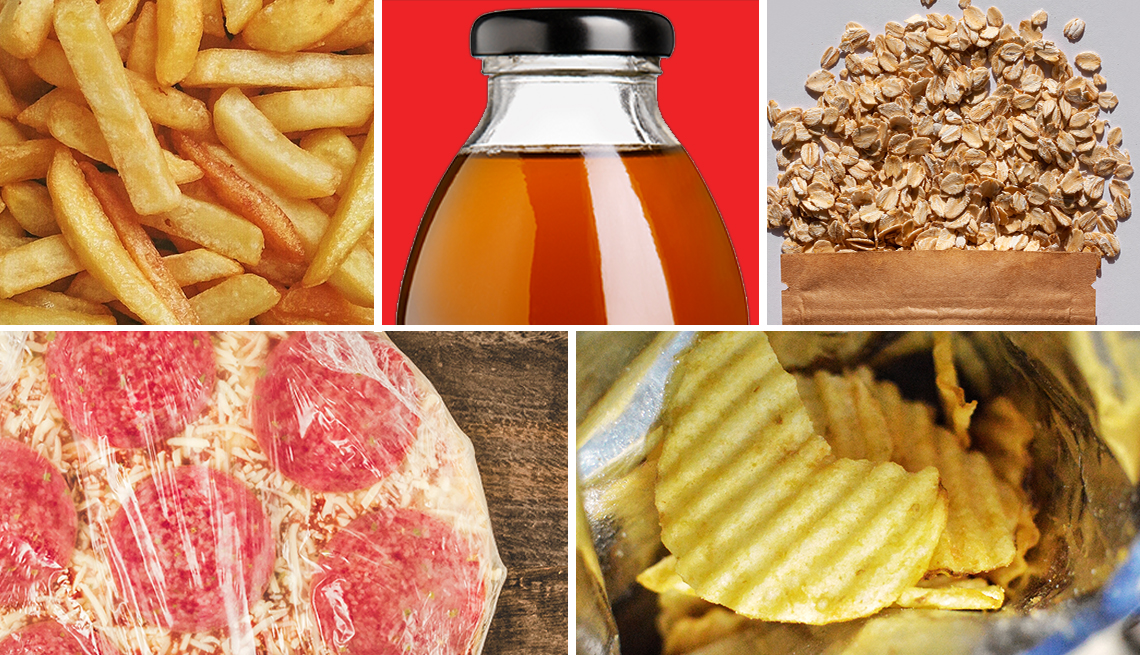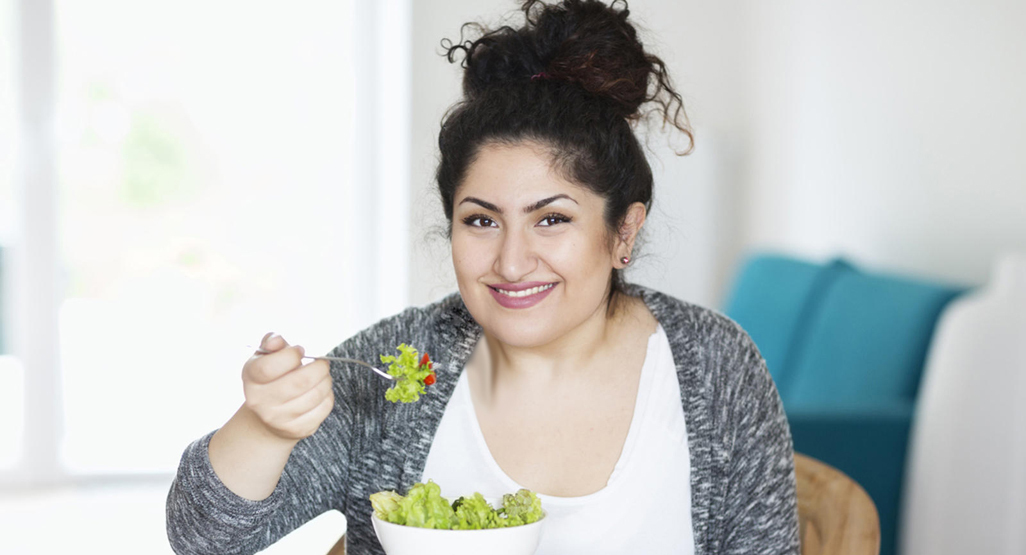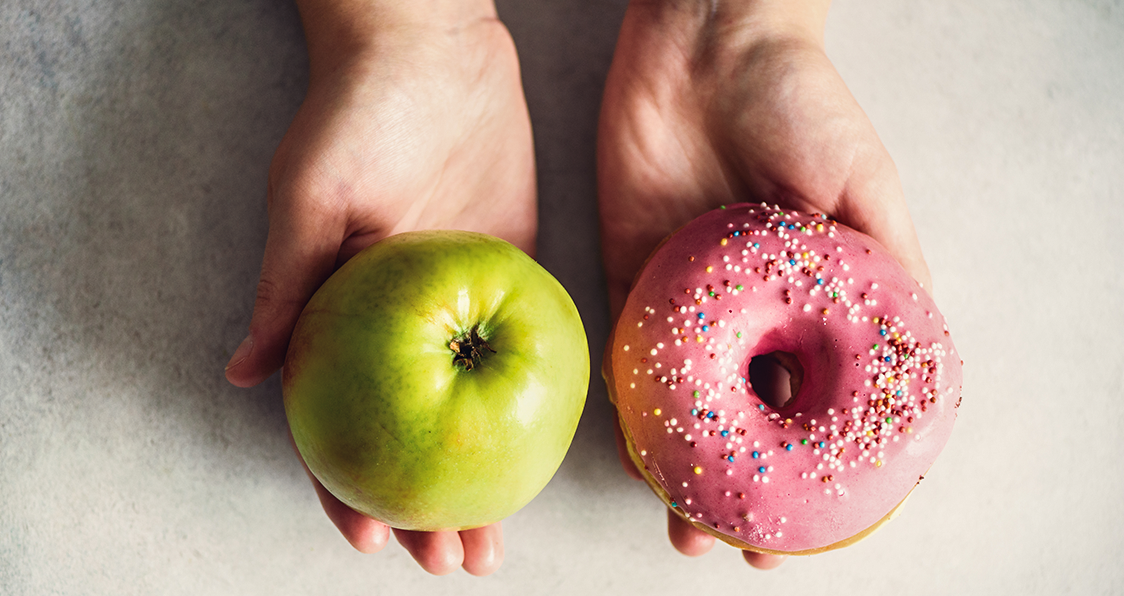
There are healthy foods that you can avoid if you have GERD. But, this doesn't mean you have to cut out all your favorite foods. Your symptoms will improve and your chances of getting GERD are lower if you make changes to your diet. One of the best things you can do to improve your diet is to eliminate citrus fruits and replace them with non-citrus ones. You can also eat less high-fat vegetables.
Fresh herbs can be added to any of your meals, in addition to fruits and vegetables. Make sure they aren’t too acidic. Onions can be used to enhance flavor and not cause irritation. You can also use green or shallots for the same effect. No matter what type of onion you use, start small and gradually increase your quantity.
Tomatoes as well as tomato sauce are two of the most frequent foods to avoid when you have GERD. Lycopene is a powerful anti-cancer agent, and tomatoes are high in it. However, the acidity of tomatoes can cause irritation to the already inflamed tissue of the esophagus. Avoid them whenever possible. Watermelon and watermelons are two other food sources of lycopene, along with tomatoes.

Pizza should be avoided at all costs. The combination of spicy and fatty foods can worsen GERD symptoms. Avoid fried and fatty foods. Avoid chocolate, coffee and alcohol. Caffeine drinks can cause acid reflux and irritation of the esophagus. Those with GERD should reduce their intake of caffeine drinks.
Avoid spicy foods on a regular basis. Even though onions can be a healthy staple, heartburn can occur. Onion stimulates the release of acid and bile. It is possible to put out the fire by cooking onions. Adding onion to the list of foods to avoid if you suffer from GERD can help to manage the condition. These aren't necessarily the only foods you need to avoid if your GERD is severe.
While many of these foods are advisable to avoid, you may find that certain ones can make your symptoms worse. If you have GERD symptoms, spicy foods should be avoided. These foods can interfere with the lower end of the esophageal system, increasing stomach acid. Avoid chocolates as they contain cocoa and caffeine. These substances, which are all acidic, should be avoided.
It is important you know what foods trigger GERD. Some foods can trigger severe pain while others will only exacerbate the symptoms. Citrus fruits and citrus juice are good options. Alcohol is a bad option. You must limit your intake of these foods to preserve your health. You should reduce the intake of these food items from your diet. Consult your doctor if there are any questions about GERD.

If you have GERD avoid spiced foods and alcohol. GERD can be caused by the ingredients in these foods. Limiting the intake of these foods is a good idea. Also, remember that caffeine as well as alcoholic beverages can be acidic. Avoid certain foods if you are concerned about GERD symptoms.
Citrus fruits, another food to avoid, is GERD. Consuming grapefruit and oranges are high in citric acid and can make your symptoms worse. It is important not to consume too many citrus fruits. It is not necessary to cut out all citrus but it is important to keep your consumption to a minimum. Instead, you should eat and drink the fruit as often as possible. However, you can reduce your citrus fruit intake if you absolutely have to.
Avoid dairy products if you have GERD. Some people with GERD report that dairy products soothe their stomach, but it can aggravate the condition. You should also avoid caffeine, alcohol, and caffeine. Your diet may also cause your GERD symptoms, so it's best to talk to your doctor about your specific food allergies. If you already have GERD medication, you will be able to make a healthier diet.
FAQ
What are 5 ways to live a healthy lifestyle?
Living a healthy lifestyle involves eating right and exercising regularly. Good eating habits include avoiding processed foods, sugar, unhealthy fats, and avoiding junk food. Exercise helps burn calories and strengthens muscles. You can improve your memory and concentration by getting enough sleep. Stress management can reduce anxiety and depression. And finally, having fun keeps us young and vibrant.
What are the 10 most delicious foods?
These are the 10 best foods you can eat:
-
Avocados
-
Berries
-
Broccoli
-
Cauliflower
-
Eggs
-
Fish
-
Grains
-
Nuts
-
Oats
-
Salmon
How often should I exercise?
A healthy lifestyle requires regular exercise. You don't have to exercise for a certain amount of time. It is important to find something that you enjoy and stay with it.
If you are working out three times a weeks, aim to do 20-30 minute of moderate intensity. Moderate intensity means you'll still be breathing hard after you've finished. This type of workout burns around 300 calories.
If you prefer to walk, go for 10 minute walks four days a week. Walking is low-impact and easy on the joints.
If you'd rather run, try jogging for 15 minutes three times a week. Running is a great way to burn off excess calories and build muscle tone.
Begin slowly if your are not used to working out. Begin with 5 minutes of cardio every other day. Gradually increase the amount of cardio you do until you reach your goal.
Do I need to count calories?
You might be asking "What is the best diet?" or "is counting calories necessary?" Well, the answer depends on several factors including your current health status, your personal goals, your preferences, and your overall lifestyle.
The Best Diet For Me: Which One Is Right?
My current health, my personal goals and lifestyle will determine the best diet for me. There are many diets available, some good and others not so good. Some diets work well for some people and others do not. What can I do to make the right choice? How can I make the right choice?
This article aims at answering these questions. It begins by briefly describing the various diets available today. Next, we'll discuss the pros and cons for each type of diet. Then, we will discuss which diet is the best.
Let's start by taking a look at the various types of diets.
Diet Types
There are three main types: low-fat, high-protein, or ketogenic. Let's take a look at them all below.
Low Fat Diets
A low-fat diet reduces the amount of fats you eat. This is done through reducing the intake of saturated fats (butter, cream cheese, etc.) and replacing them with unsaturated fats (olive oil, avocados, etc.). For those looking to lose weight quickly, a low-fat diet is often recommended. This diet can cause constipation, heartburn, and stomach problems. A person may also experience vitamin deficiencies if they don't get enough vitamins.
High Protein Diets
High protein diets restrict carbohydrates in favor of proteins. These diets have higher protein levels than other diets. These diets are intended to increase muscle mass and reduce calories. The downside is that they may not provide adequate nutrition for someone who needs to eat regularly. Also, they tend to be very restrictive, so they aren't suitable for everyone.
Ketogenic Diets
Ketogenic diets can also be known as keto diets. They are high fat and moderately carbohydrate and protein-rich. They are commonly used by athletes and bodybuilders, as they allow them train harder and more frequently without getting tired. They do require strict compliance to avoid any side effects like fatigue, headaches, nausea, and headaches.
What is the difference between sugar and fat?
Fat is an energy source from food. Sugar is a sweetener found in fruits, vegetables, and other foods. Both fats (and sugars) have the same calories. However, fats contain more than twice as many calories as sugars.
The body stores fats and they can lead to obesity. They can cause cholesterol buildup, which can lead you to heart attacks and strokes.
Sugars can be quickly absorbed by your body and give you instant energy. This causes blood glucose levels to rise. High blood glucose levels can pose a danger because they increase the chance of developing type II Diabetes.
What can I do to lower my blood pressure?
Find out the causes of high blood pressure first. You must then take steps towards reducing the problem. This could be as simple as eating less salt, losing weight, taking medications, etc.
Exercise is also important. Walking can be a good alternative to regular exercise if time is tight.
If you're unhappy with the amount of exercise you do, you might consider joining a fitness club. You will likely want to join an exercise group that shares your goals. It's easier to stick to an exercise routine when you know someone else is going to see you at the gym.
Statistics
- The Dietary Guidelines for Americans recommend keeping added sugar intake below 10% of your daily calorie intake, while the World Health Organization recommends slashing added sugars to 5% or less of your daily calories for optimal health (59Trusted (healthline.com)
- nutrients.[17]X Research sourceWhole grains to try include: 100% whole wheat pasta and bread, brown rice, whole grain oats, farro, millet, quinoa, and barley. (wikihow.com)
- This article received 11 testimonials and 86% of readers who voted found it helpful, earning it our reader-approved status. (wikihow.com)
- In both adults and children, the intake of free sugars should be reduced to less than 10% of total energy intake. (who.int)
External Links
How To
What does the word "vitamin" mean?
Vitamins are organic compounds that can be found in foods. Vitamins aid us in absorbing nutrients from the food we eat. The body cannot make vitamins; therefore, they must be obtained from food.
There are two types of vitamins: water soluble and fat soluble. Water-soluble vitamins dissolve easily when they are dissolved in water. Some examples include vitamin C,B1 and B2 vitamins (thiamine), B2 and riboflavin, B3 and B6 vitamins (niacin), folic acids, biotin, pantothenic acids, and cholesterol. Fat soluble vitamins are stored in the liver and fatty tissue. These include vitamin D, E and K, as well as beta carotene.
Vitamins are classified based on their biological activity. There are eight main groups of vitamins.
-
A – Essential for normal growth, and the maintenance of good health.
-
C – essential for proper nerve function.
-
D - Essential for healthy teeth and bones.
-
E is needed for good reproduction and vision.
-
K - required for healthy muscles and nerves.
-
P - Essential for strong bones and teeth.
-
Q - Aids digestion and iron absorption
-
R - necessary for making red blood cells.
The recommended daily allowance for vitamins (RDA) varies based on gender, age, and physical conditions. RDA values are set by the U.S. Food and Drug Administration (FDA).
For example, the RDA for vitamin A is 400 micrograms per dayfor adults 19 years or older. Because it is essential for the development of the fetus, pregnant women should consume 600 micrograms per daily. Children ages 1-8 require 900 micrograms per day. Babies under one-year old require 700 mg per day. Between 9 and 12 years of age, however, this drops to 500 mg per day.
Children aged between 1-18 years require 800 micrograms of sugar per day, while overweight children need 1000 micrograms. Children who are underweight receive 1200 micrograms every day to meet their nutritional requirements.
Children aged 4-8 years old who have been diagnosed as having anemia require 2200 micrograms of vitamin C per day.
Adults over 50 years of age need 2000 micrograms per day for general health. Due to their increased nutrient needs, pregnant and breastfeeding women need 3000 micrograms daily.
Adults over 70 need 1500 micrograms daily, as they lose 10% of their muscle every ten years.
Women who are pregnant, nursing or breastfeeding need more than the RDA. Pregnant mothers need 4000 micrograms per daily during pregnancy and 2500 after giving birth. Breastfeeding mothers need to consume 5000 micrograms every day when breastmilk has been produced.